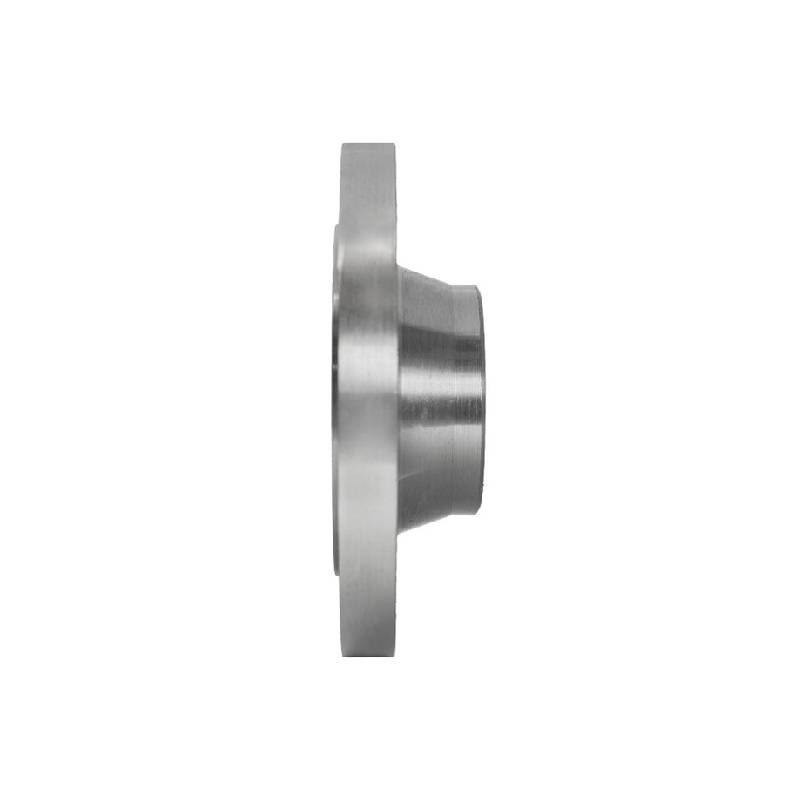-
Cangzhou Yulong Steel Co., Ltd.
-
Phone:
+86 13303177267 -
Email:
admin@ylsteelfittings.com
- English
- Arabic
- Italian
- Spanish
- Portuguese
- German
- kazakh
- Persian
- Greek
- French
- Russian
- Polish
- Thai
- Indonesian
- Vietnamese
- Zulu
- Korean
- Uzbek
- Hindi
- Serbian
- Malay
- Ukrainian
- Gujarati
- Haitian Creole
- hausa
- hawaiian
- Hebrew
- Miao
- Hungarian
- Icelandic
- igbo
- irish
- Japanese
- Javanese
- Kannada
- Khmer
- Rwandese
- Afrikaans
- Albanian
- Amharic
- Armenian
- Azerbaijani
- Basque
- Belarusian
- Bengali
- Bosnian
- Bulgarian
- Catalan
- Cebuano
- China
- China (Taiwan)
- Corsican
- Croatian
- Czech
- Danish
- Esperanto
- Estonian
- Finnish
- Frisian
- Galician
- Georgian
- Kurdish
- Kyrgyz
- Lao
- Latin
- Latvian
- Lithuanian
- Luxembourgish
- Macedonian
- Malgashi
- Malayalam
- Maltese
- Maori
- Marathi
- Mongolian
- Myanmar
- Nepali
- Norwegian
- Norwegian
- Occitan
- Pashto
- Dutch
- Punjabi
- Romanian
- Samoan
- Scottish Gaelic
- Sesotho
- Shona
- Sindhi
- Sinhala
- Slovak
- Slovenian
- Somali
- Sundanese
- Swahili
- Swedish
- Tagalog
- Tajik
- Tamil
- Tatar
- Telugu
- Turkish
- Turkmen
- Urdu
- Uighur
- Welsh
- Bantu
- Yiddish
- Yoruba

Sep . 02, 2024 19:09 Back to list
ansi 600 flange
Understanding ANSI B16.5 Flanges A Key Component in Piping Systems
When it comes to industrial piping systems, the importance of flanges cannot be overstated. Flanges are crucial components that facilitate the connection of pipes, valves, and equipment. Among the various standards governing flanges, ANSI B16.5 is one of the most widely recognized. This standard, published by the American National Standards Institute (ANSI), specifies the dimensions, pressure ratings, and materials for flanges used in piping systems.
Overview of ANSI B16.5
ANSI B16.5 covers a broad range of flange sizes, specifically those that range from half an inch (NPS 1/2) to 24 inches (NPS 24). This standard addresses various types of flanges, including weld neck, slip-on, blind, and threaded flanges, ensuring that engineers and designers have a comprehensive guide for flange selection. Each type of flange serves specific functions and is designed to handle different operational requirements and conditions.
Key Features
One of the critical aspects of ANSI B16.5 is that it specifies the design and material requirements for flanges based on pressure-temperature ratings. This ensures that the flanges can withstand varying operational pressures and temperatures, which are common in industrial environments. Additionally, the standard outlines the dimensions of bolt holes, flange facing designs, and the tolerances required for proper alignment and fitment.
ansi 600 flange

Flanges conforming to ANSI B16.5 are typically constructed from a variety of materials, including carbon steel, stainless steel, and alloy steels. The choice of material often depends on the application, including factors such as corrosion resistance, temperature fluctuations, and mechanical stress. The standard allows for flexibility in material selection, enabling industries to choose the most appropriate flange while still adhering to safety and performance guidelines.
Installation and Maintenance
The installation of ANSI B16.5 flanges requires careful consideration to ensure a leak-proof seal. Proper gaskets should be selected based on the application, whether it’s for high pressure, high temperature, or corrosive environments. Proper torque specifications for bolting must also be followed to prevent damage to the flange and to maintain integrity under operational conditions.
Regular maintenance and inspection of flanges are essential practices to ensure long-lasting performance. Engineers often recommend periodic checks for signs of wear, corrosion, or leakage, especially in critical applications where system failure could lead to safety hazards or significant operational downtime.
Conclusion
In conclusion, ANSI B16.5 flanges are a fundamental component in the effective functioning of piping systems. Understanding the specifications, features, and maintenance requirements of these flanges is crucial for engineers, project managers, and maintenance personnel. By adhering to the ANSI B16.5 standards, industries can ensure safety, reliability, and efficiency in their operations, reinforcing the importance of high-quality flange connections in today’s complex industrial environments. Whether you are designing a new system or maintaining an existing one, the insights provided by this standard will guide you in making the best choices for your piping needs.
Latest news
-
ANSI 150P SS304 SO FLANGE
NewsFeb.14,2025
-
ASTM A333GR6 STEEL PIPE
NewsJan.20,2025
-
ANSI B16.5 WELDING NECK FLANGE
NewsJan.15,2026
-
ANSI B16.5 SLIP-ON FLANGE
NewsApr.19,2024
-
SABS 1123 FLANGE
NewsJan.15,2025
-
DIN86044 PLATE FLANGE
NewsApr.19,2024
-
DIN2527 BLIND FLANGE
NewsApr.12,2024
-
JIS B2311 Butt-Welding Fittings LR/SR 45°/90° /180°Seamless/Weld
NewsApr.23,2024











